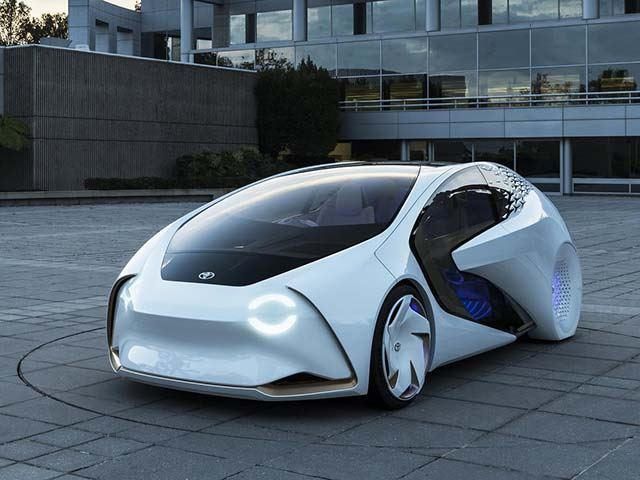
Leave it to a Japanese automaker to think of ways to eliminate some of the slightest headaches our pampered modern lives impose on us. This is, after all, the same country that's obsessed with technology to the point it invented a seatbelt that would trace the edge of the doorframe to buckle itself and installs automated and heated toilet seats in its bathrooms that do God knows what aside from scaring the crap out of tourists. This time around, it seems that Toyota is taking another technological leap.
It should come as no surprise to learn The Drive is reporting that Toyota has filed a patent with the United States Patent And Trademark Office that covers a half ingenious-half useless device intended to do nothing more than collect the loose change that falls in the cracks between the seat and door or center console. It's a typical occurrence for those that frequently wear those pairs of gym shorts that can't hold anything when tilted at a 90-degree angle. Toyota calls it the "under seat capture device," and it's little more than a system of chutes placed on either side of of the center console. This high-tech device can then sense when something, take change or a proximity key for example, falls into it and funnels it to a platform.
From there the platform, which is coupled to an actuator, diverts the goods to a compartment under the seats where they can be retrieved more easily. The patent also seems to cover a manual version of the loose item collector that would cost less and be more practical to manufacturer. Useful as it may seem, it's surprisingly not as strange as another patent filed by Toyota and reported on by CNET. This patent, filed with the same US patent agency, outlines "apparatuses and methods for making an object appear transparent." So yes, in a sense this is Toyota's way of saying it may have the technology available to make that fantasy car cloaking device we've all dreamed about.
Thing is, Toyota plans to use the device, comprised of a series of mirrors that are angled in a way that they bend visible light around an object, to effectively make the A-pillars invisible. Over the years the A-pillars have gotten beefed up as safety standards have gotten more stringent, creating a catch-22 where safer components increase the chances of an accident when a driver can't properly look out the window. Seems like Toyota CEO Akio Toyoda's request for his company to make its cars less boring has been taken seriously, just not in the way we expected.

